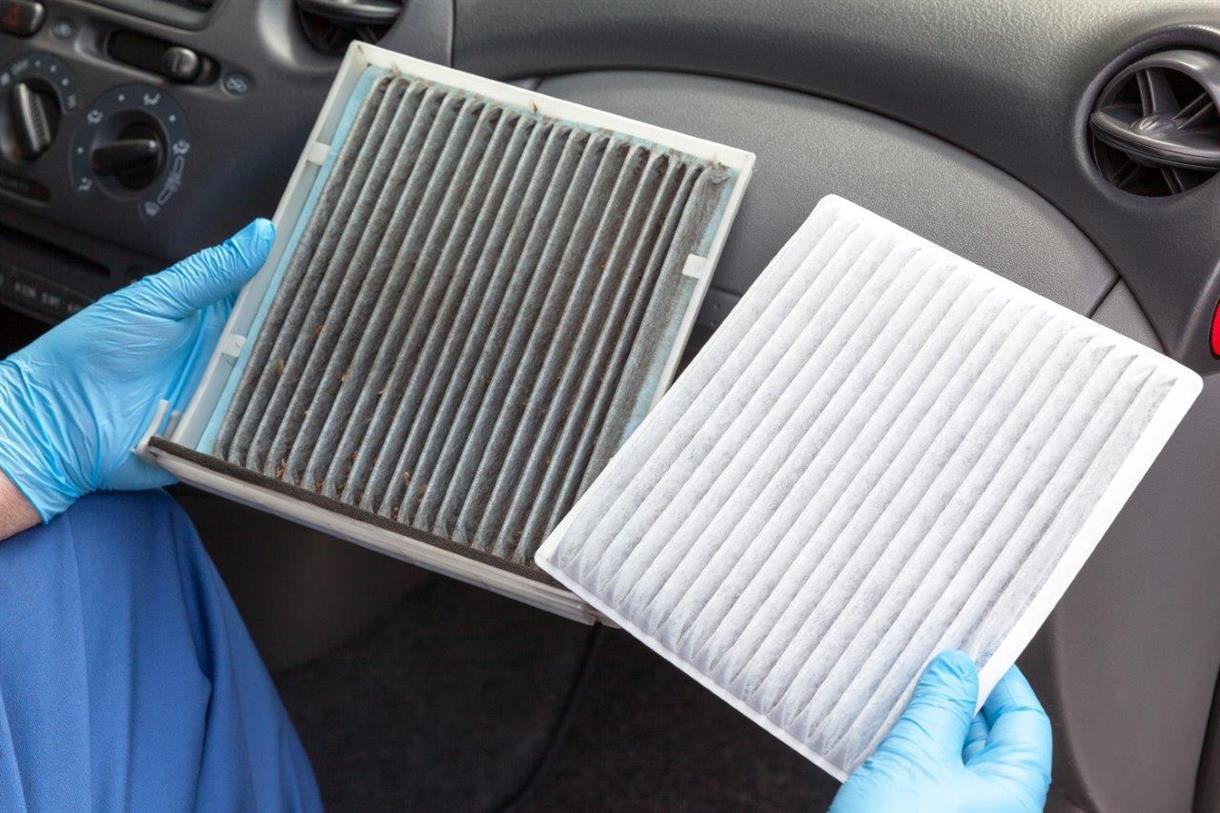 Techtextil & Texprocess Rounded Off
Techtextil & Texprocess Rounded Off
Apr .29.2024
On 23 April, the highly anticipated international trade fair for technical textiles and nonwovens ----Techtextil & Texprocess opened at the Messe Frankfurt exhibition center in Germany. With 38,000 visitors from 102 countries and 1,700 exhibitors from 53 countries, Techtextil & Texprocess have grown in terms of exhibitor numbers and recorded a 29% increase in visitor numbers. At the leading trade fairs, the density of forward-looking textile solutions that are transforming entire industries was particularly noticeable.
 Nonwovens in daily life ----- automotive
Nonwovens in daily life ----- automotive
Apr .12.2024
Nonwovens have expanded rapidly in the automotive industry over the past two decades, as automakers and their component suppliers have looked to decrease costs by reducing the weight of vehicles.
 What is SAP – superabsorbent polymers
What is SAP – superabsorbent polymers
Apr .09.2024
SAP or Superabsorbent polymers is an ideal material for use in products which is designed to contain fluids such as baby diapers/nappies, incontinence products, and feminine hygiene pads and liners.

 Techtextil & Texprocess Rounded Off
Techtextil & Texprocess Rounded Off
 Nonwovens in daily life ----- filtration
Nonwovens in daily life ----- filtration
 Nonwovens in daily life ----- automotive
Nonwovens in daily life ----- automotive
 What is SAP – superabsorbent polymers
What is SAP – superabsorbent polymers